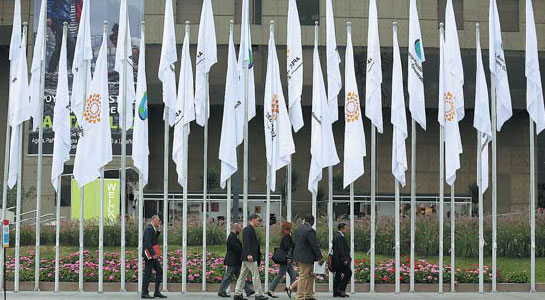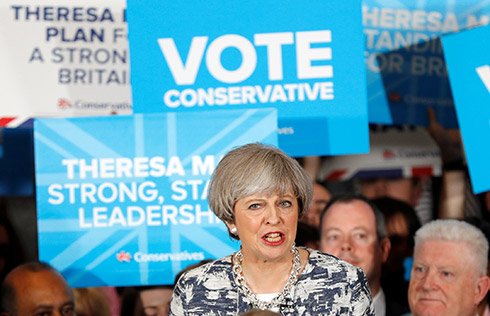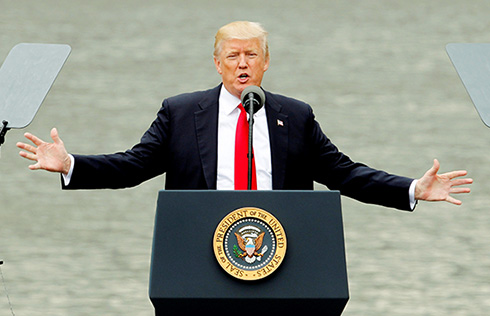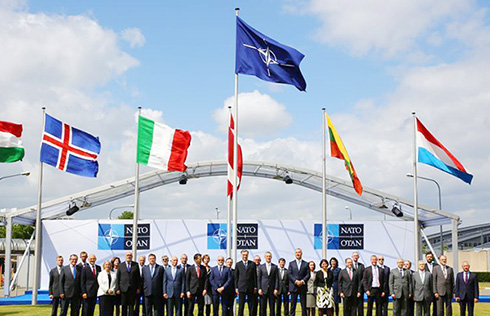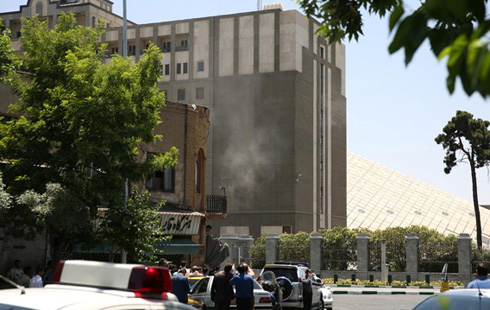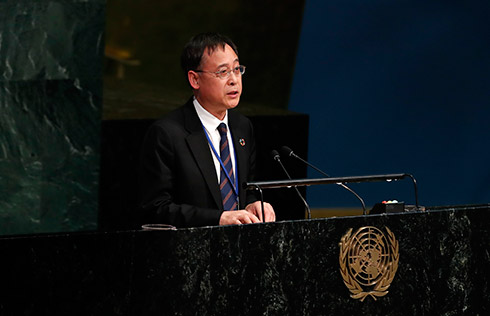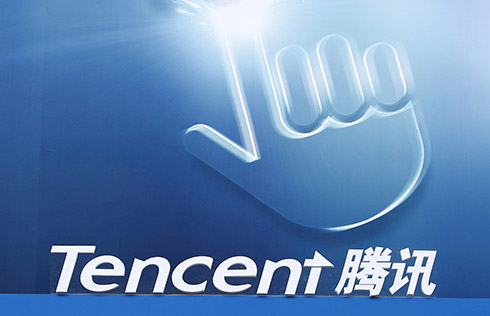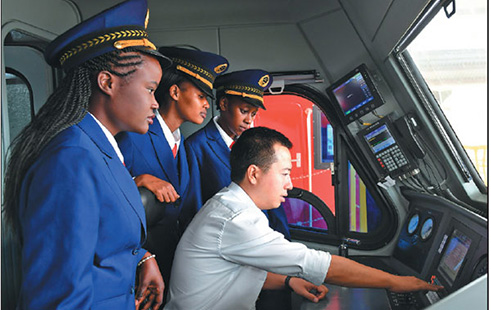Free trade sees slow progress
Agreements with regional partners leave much to be desired as smaller pacts stall wider cooperation
|
Officials walk by a media center for the 2016 APEC, a weeklong series of events starting on Monday in Lima, Peru. Xinhua |
Starting up the Free Trade Area of the Asia-Pacific would be a practical way to end the regional economic fragmentation undermining integration in the current global environment, officials said.
Even though the world is continuing its march toward globalization, slow progress is being made at the Doha round of the World Trade Organization's negotiations, after initial delays in the process. Regional and bilateral free trade agreements are being signed one after another, while Asia-Pacific economic cooperation faces a crossroads of integration and fragmentation.
"Eager to restore their earning ability, many member economies have long been calling for the Asia-Pacific Economic Cooperation to play an active role in promoting the FTAAP negotiation process," said Lin Guijun, a professor at Beijing-based University of International Business and Economics.
Lin said China expects all parties to begin the FTAAP negotiations as soon as possible. But, the co-existence of low-level free trade agreements will affect the development of regional trade flows because of the different purposes and working mechanisms.
Despite the agreements, Asia-Pacific economies remain divided into several groups rather than cooperating in a broad multilateral framework.
Both of the two major multilateral trade agreements in the region are not fully representative. For example, the United-States-led Trans-Pacific Partnership does not include China.
Meanwhile, the Regional Comprehensive Economic Partnership proposed by the Association of Southeast Asian Nations has China as a member, but the US has yet to join.
In addition, there are more than 200 trade arrangements in the Asia-Pacific region, with different standards and preferential policies and rules of origins, which may lead to vicious competition among trade groups and not be conducive to deepening economic and trade cooperation between the countries, data from the Ministry of Commerce shows.
FTAAP, the 21-member pact which includes countries that have signed the Trans-Pacific Partnership and other trading powers such as China and South Korea, is designed to promote productive cooperation, to resist protectionism and to facilitate fair competition in the Asia-Pacific region.
The concept of FTAAP was proposed in 2004 and written into the declaration of the APEC economic leaders' meeting in 2006. China proposed the preparation of a feasibility study in 2014.
Ministry of Commerce spokesman Shen Danyang said trade protectionism remains a major barrier against free trade and investment across borders. Particularly in the aftermath of the global financial crisis in 2008, many economies have increased trade barriers and seen disputes occur frequently.
"Under these circumstances, the efficiency and effectiveness of the numerous free trade agreements in the Asia-Pacific region have yet to be tested," said Xue Rongjiu, vice-chairman of the China Institute for WTO Studies.
"The FTAAP talks are in line with the global trend of booming free trade agreements and is crucial for countries in the Asia-Pacific region becoming more open," said Xue.
The Asia-Pacific is vital to global peace and development, according to Xue, as it accounts for 40 percent of the world's population, 48 percent of its trade and 57 percent of global output.
Xue said topics such as trade in goods and services, intellectual property, e-commerce, market competition and the environment will all be negotiated during the FTAAP talks.
China has 14 current free trade agreements involving 22 countries and regions. It is also negotiating the construction of several new free trade agreements, including a China-Japan-ROK agreement and one with Sri Lanka, as well as the Regional Comprehensive Economic Partnership, a free trade pact involving 16 countries.
However, China has not reached free trade agreements with some major trading partners in the region, such as the US and Japan.
As the country expands its free trade network, the government has also set priorities on making both goods and service trade more open, relaxing investment access rules, promoting trade facilitation, pushing forward rule-making negotiations, and enhancing economic and technological cooperation.
"It certainly won't be an easy task to complete the FTAAP talks within a short period. Smaller economies in the Asia-Pacific region will need policy guarantees, such as getting more favorable tariff policies for their products from major economies including China, the US, Australia and Japan during the term discussion period," said Yin Zonghua, vice-chairman of the China Council for the Promotion of International Trade.
Yin said that because many countries in the APEC region depend heavily on trading commodities and natural resources, the lower prices of these mining and agricultural products push them to try different policy methods to support their economies.
zhongnan@chinadaily.com.cn




